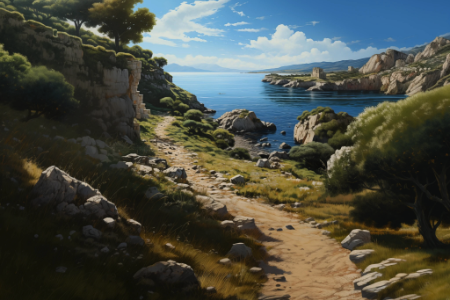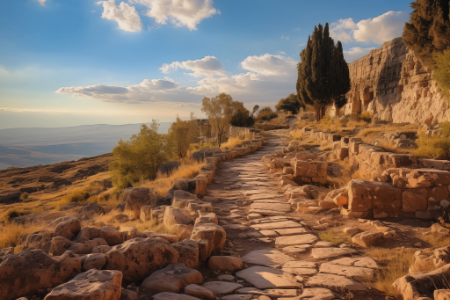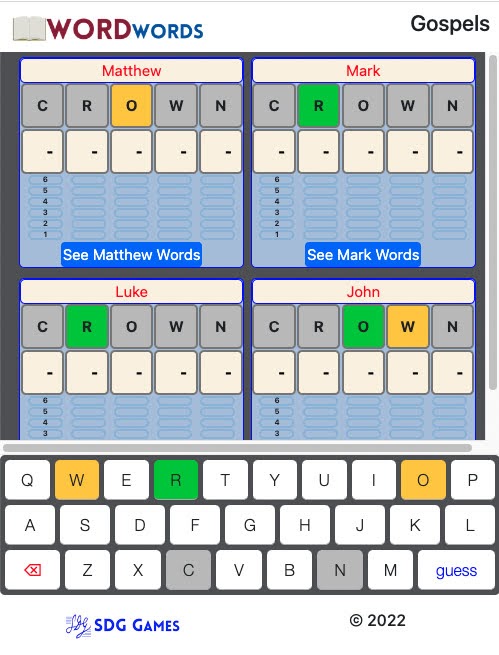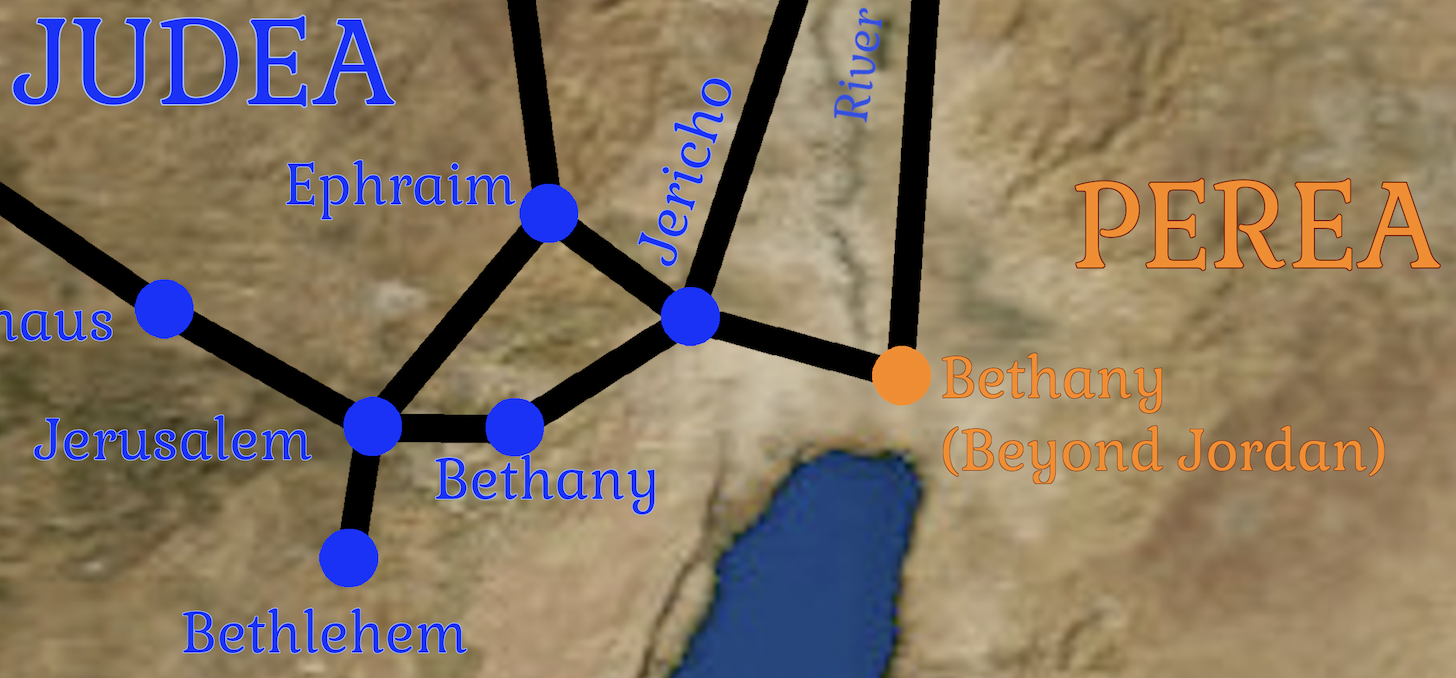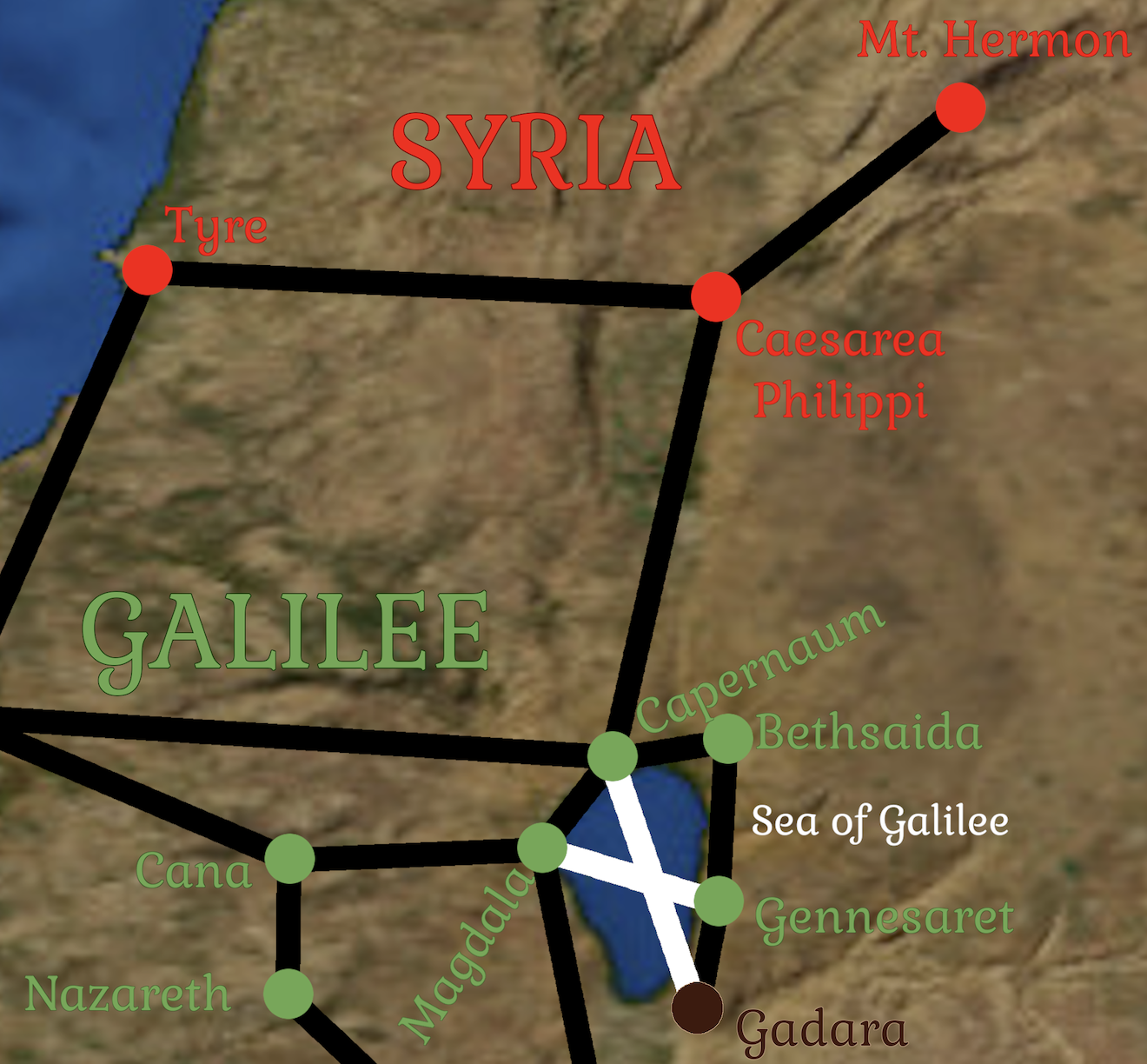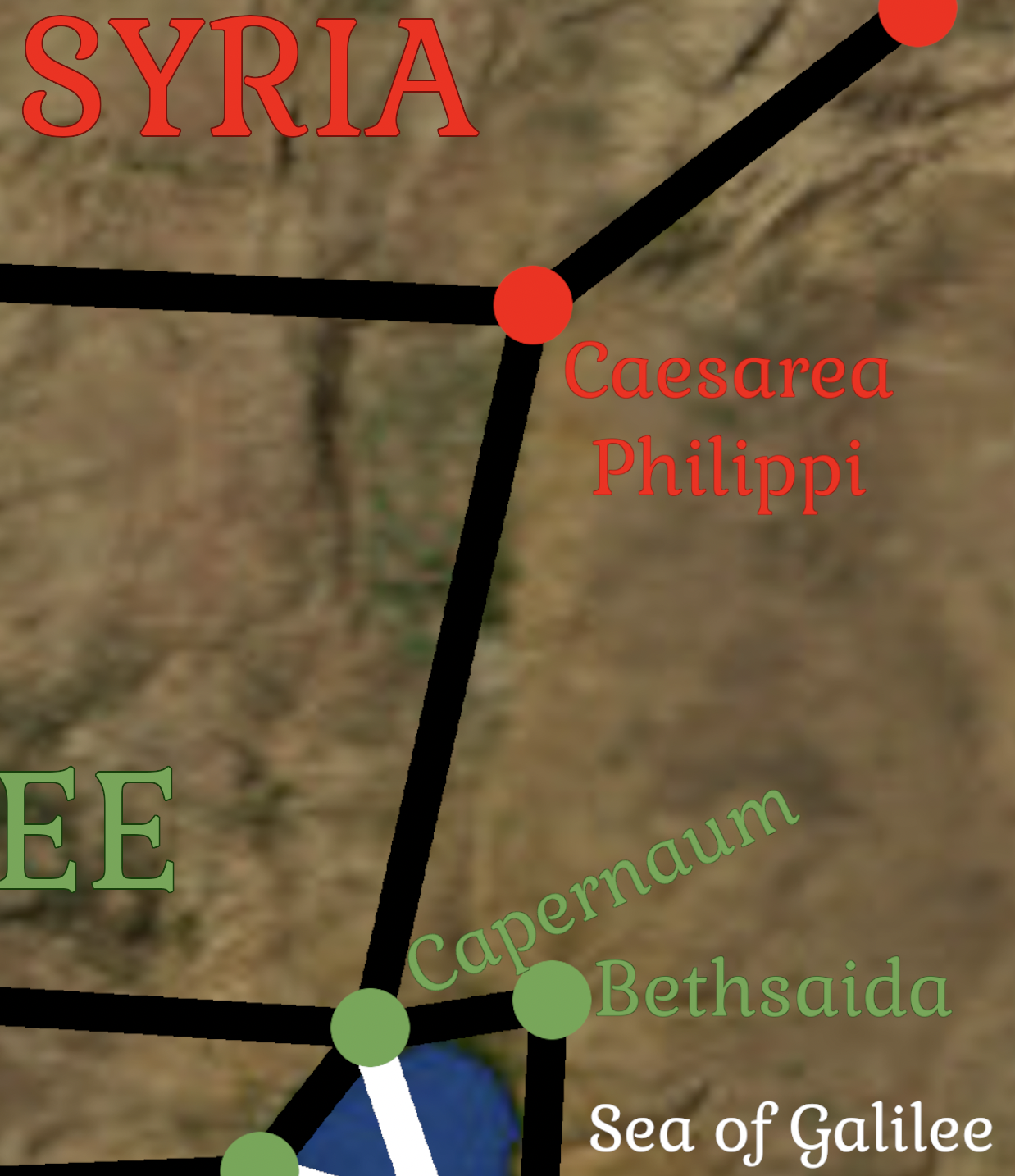In our last post, Jesus took a decided turn in His ministry.
From that time, Jesus began to show his disciples that he must go to Jerusalem and suffer many things from the elders, chief priests, and scribes, and be killed, and the third day be raised up. (Matthew 16:21)
But before beginning that final long journey to His destiny, He had one more thing to show them. To prepare them for His suffering to come, and their own suffering to follow, He fully revealed His glory to them.
After six days, Jesus took with him Peter, James, and John his brother, and brought them up into a high mountain by themselves. (Matthew 17:1)
Scripture doesn’t tell us of which mountain this passage speaks. Historically, many have believed that it was Mount Tabor.
Mount Tabor is about 6 miles east of Nazareth, but a full two day walk from Caesarea Philippi. Mount Tabor is only about 1400 feet high, but there are no other tall hills or mountains nearby, so it is visible from all around.
Mount Tabor is best known in Biblical history as the place where Deborah and Barak gathered the armies of Israel to face the Canaanite army under Sisera. From its heights, they witnessed God’s mighty victory (Judges 4-5).
I think a more logical choice, and one favored by many recent Biblical scholars, is that the transfiguration took place on Mount Hermon. This mountain towers above Caesarea Philippi and, at 9200 feet, is the tallest point in Israel. You can see snow on its peaks most of the year.
Psalm 133 makes an interesting analogy:
See how good and how pleasant it is
for brothers to live together in unity!
2 It is like the precious oil on the head,
that ran down on the beard,
even Aaron’s beard,
that came down on the edge of his robes,
3 like the dew of Hermon,
that comes down on the hills of Zion;
for there Yahweh gives the blessing,
even life forever more. (Psalm 133)
As I mentioned last week, Hermon is the source of the Jordan River. The dew of Hermon feeds this river of life on its long journey from the highest point in Israel to the lowest point on earth, the Dead Sea. And Jesus would now begin His long journey from this height of glory to His great humiliation and death for our sake.
But before we go there, let’s focus our eyes for a moment on Christ’s glory! Like His disciples, let us be encouraged by the truth of who He is.
He was changed before them. His face shone like the sun, and his garments became as white as the light. 3 Behold, Moses and Elijah appeared to them talking with him.
4 Peter answered and said to Jesus, “Lord, it is good for us to be here. If you want, let’s make three tents here: one for you, one for Moses, and one for Elijah.”
5 While he was still speaking, behold, a bright cloud overshadowed them. Behold, a voice came out of the cloud, saying, “This is my beloved Son, in whom I am well pleased. Listen to him.”
6 When the disciples heard it, they fell on their faces, and were very afraid. 7 Jesus came and touched them and said, “Get up, and don’t be afraid.” 8 Lifting up their eyes, they saw no one, except Jesus alone.
(Matthew 17:2-8)
In scripture, the Law and the Prophets continuously speak of the Messiah to come, and here we have Moses, representing the Law, and Elijah, representing the Prophets, acknowledging Jesus as that Messiah. As if that weren’t enough, God the Father confirms His pleasure in Jesus His Son.
Listen to Him!
—
The map at the top of this post is a snapshot of a portion of the gameboard for Journeys with Jesus.
If you’ve found this interesting and would like to continue to read these stories of the journeys and places in Journeys with Jesus, sign up in the sidebar to receive updates.
Note: all scripture quotes, unless otherwise noted, are from the World English Bible which is in the public domain.


